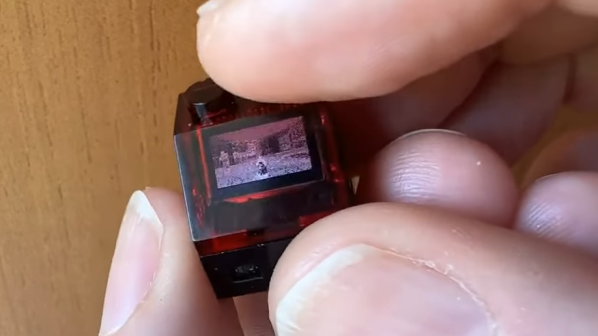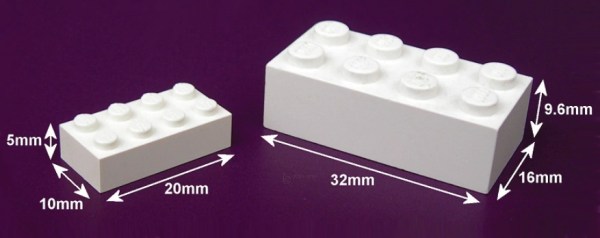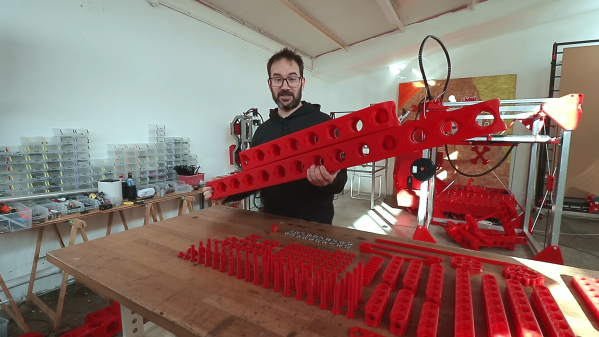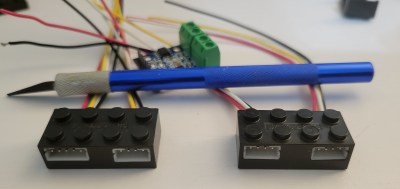Back in the day, LEGO spaceship sets used to come with these little wedge blocks painted with fake gauges on them. [James “Ancient” Brown] decided that wasn’t good enough. Thus, he took everything he needed for a functional artificial horizon, and stuffed it inside a single LEGO brick. Yes, it’s real, and it’s spectacular.
We featured [James’] electronics-infused bricks some time ago when they first hit the Internet. The basic story is that he managed to cram an OLED screen and an RP2040 into a silicone mold for a LEGO-compatible brick. His first iterations stunned the world, as they ran pretty monochrome animations that brought life to formerly-inanimate chunk of plastic.
Since then, [James] has been busy. He’s managed to squeeze an accelerometer into the brick form factor as well. That allowed him to build a LEGO piece which displays an impressively-smooth artificial horizon display, as you might find in an aircraft. He demonstrates this by putting the instrument on a LEGO craft and zooming it around the room. All the while, the artificial horizon accurately tracks the motions of the craft.
It’s an impressive build, and something we’d love to see included in future LEGO vehicles…even if they’re just 3D renders. Continue reading “Working Artificial Horizon Built Into A Single LEGO Brick”


















